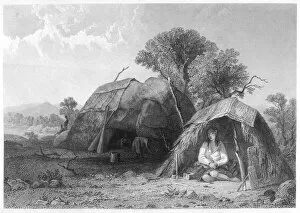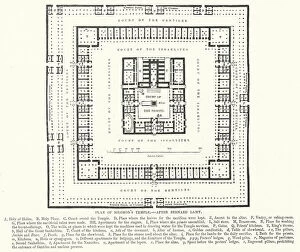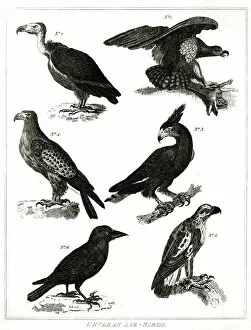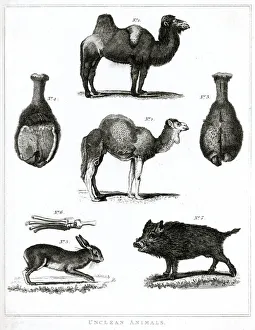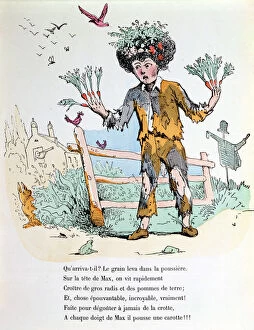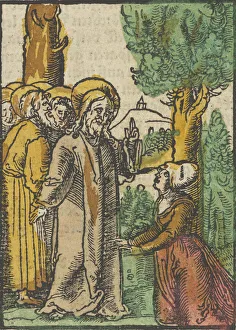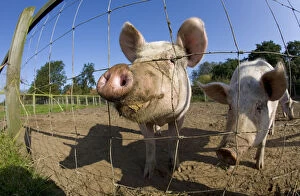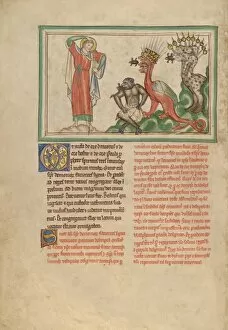Unclean Collection
"Exploring the Concept of 'Unclean': From Menstrual Lodges to Lepers, a Journey through Cultural Perceptions" In various cultures and religions
All Professionally Made to Order for Quick Shipping
"Exploring the Concept of 'Unclean': From Menstrual Lodges to Lepers, a Journey through Cultural Perceptions" In various cultures and religions, the notion of "unclean" has been deeply ingrained in society. From the Menstrual Lodge practices among indigenous communities to the Zabbaleen of Mokattam in Cairo, Egypt - who clear waste from their surroundings - these customs shed light on how cleanliness is perceived differently across societies. Even sailors breaming a sailing ship understand the importance of clearing weeds and shells for smooth navigation. Similarly, Bernard Lamy's depiction of Solomon's Temple emphasizes meticulous planning and organization as essential elements in maintaining purity. Religious texts like Judaism's teachings categorize certain birds as unclean due to their habitat or diet; Unclean Air Birds, Unclean Land Birds, and Unclean Water Birds are all subject to specific regulations. Likewise, Judaism also designates certain animals as unclean based on dietary restrictions. The historical images depicting lepers outside Jerusalem's walls or within Ethiopia serve as poignant reminders of how individuals afflicted with diseases were often marginalized by society due to fears surrounding contagion. These illustrations highlight both compassion towards those suffering and societal stigmatization. Furthermore, engravings such as "Vanity of Vanities" remind us that physical cleanliness can sometimes be overshadowed by spiritual introspection. The Child who Never Washes illustration from Les Defauts Horribles serves as a cautionary tale about neglecting personal hygiene altogether. Through this exploration into diverse cultural perspectives on cleanliness and uncleanness, we gain insight into humanity's complex relationship with purity. It prompts us to question our own biases while fostering empathy towards those whose experiences challenge our preconceived notions.

